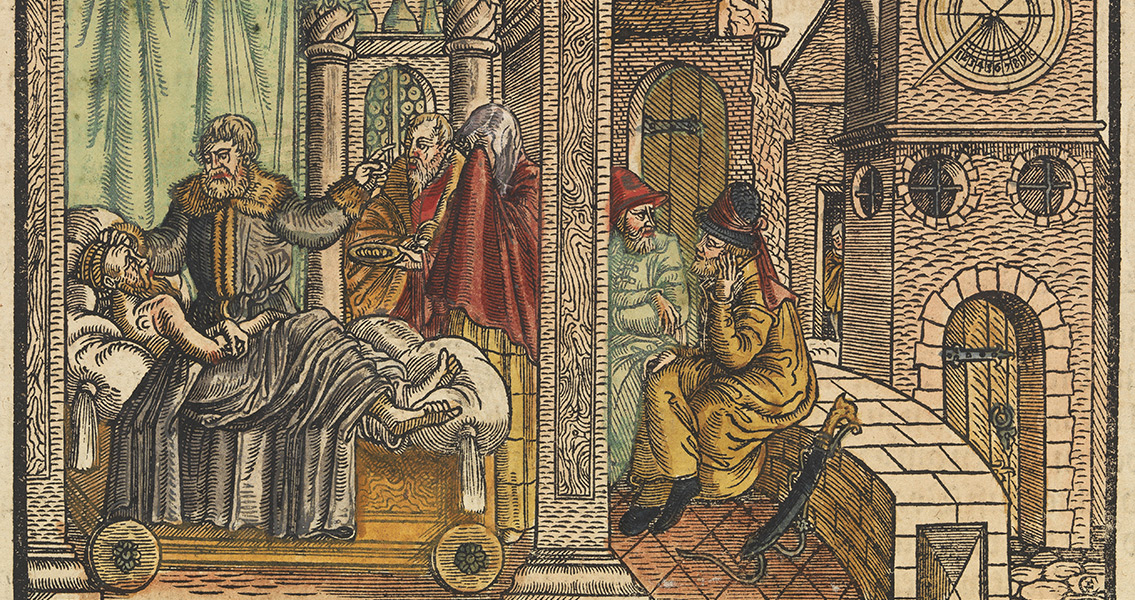<![CDATA[An impression of King Hezekiah’s royal seal has been discovered amidst excavations being conducted on the southern wall of Jerusalem’s Temple Mount. The Judean king, who lived between circa 739 to 687 BCE, is thought to have lived into his fifties – and served as monarch during that time. The discovery has been made by the Institute of Archaeology from the Hebrew University of Jerusalem, with the excavations overseen by Dr. Eilat Mazar from the university. The oval impression of the seal, which has been measured at 9.7mm x 8.6mm, was left in a soft piece of inscribed clay known as a bulla measuring 13mm x 12mm x 3mm. The bulla also bears the marks of the piece of jewelry that the seal had been set in – most likely a ring. The inscription left behind, written in ancient Hebrew, identifies the seal as Hezekiah, son of Ahaz, and is accompanied by a pair of ankhs on the flanks with a winged sun in the center, its wings pointing downward. The bulla also bears the telltale marks of being used to seal a rolled papyrus document, as the thin cords used to tie the scroll together left impressions on its underside as well. The clay seal was uncovered in what is thought to have been a trash dump that was used either during Hezekiah’s reign or directly afterwards. The refuse placed in the dump is likely to have been from the adjacent Royal Building. This building is one of several structures that had been present since the reign of King Solomon – in roughly the tenth century BCE. 34 bullae in total were found in the refuse, many of which bore impressions of Hebrew names. Their undersides bore the imprints of thick cords and coarsely-weaved fabric, leading archaeologists to believe the bullae were used to seal woven sacks that contained grain or other types of foodstuffs. In a press release published by the university, Dr. Mazar remarked that there have been impressions of Hezekiah’s seal to be found in the antiquities market for at least two decades. Many of these seal impressions bare a winged scarab, Hezekiah’s symbol from early in his reign, while others feature the winged sun that replaced the scarab during the latter days of Hezekiah’s tenure as monarch. However, this new find, which dates to those later years, marks the first time such a seal impression from any Judean or Israelite king has been uncovered during an archaeological dig. The Ophel excavations, which began in 2009 and continued through 2013, have been collected in the Ophel Excavations 2009-2013 Final Reports, recently published by the university in collaboration with the David Berg Foundation. The entirety of the research conducted on the bulla bearing King Hezekiah’s seal, which was uncovered in 2009, is present in the first volume of the new publication. Image courtesy of Wikimedia Commons user: Wellcome Images]]>
Impression of King Hezekiah’s Seal Found in Jerusalem
